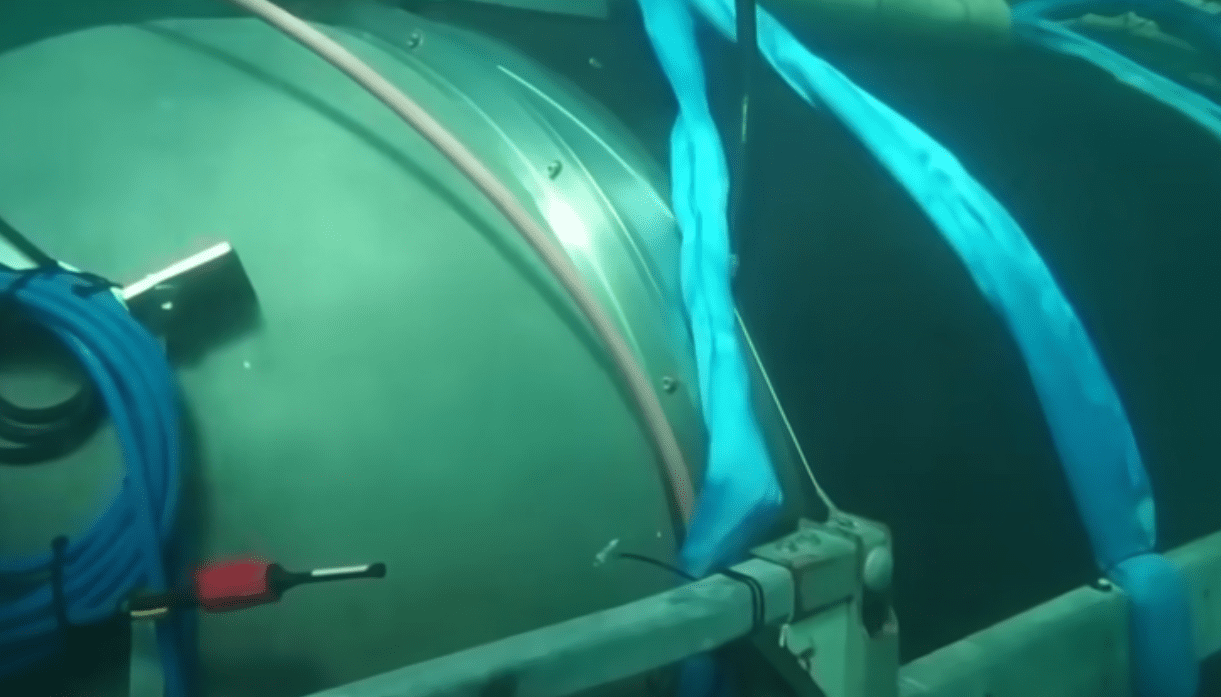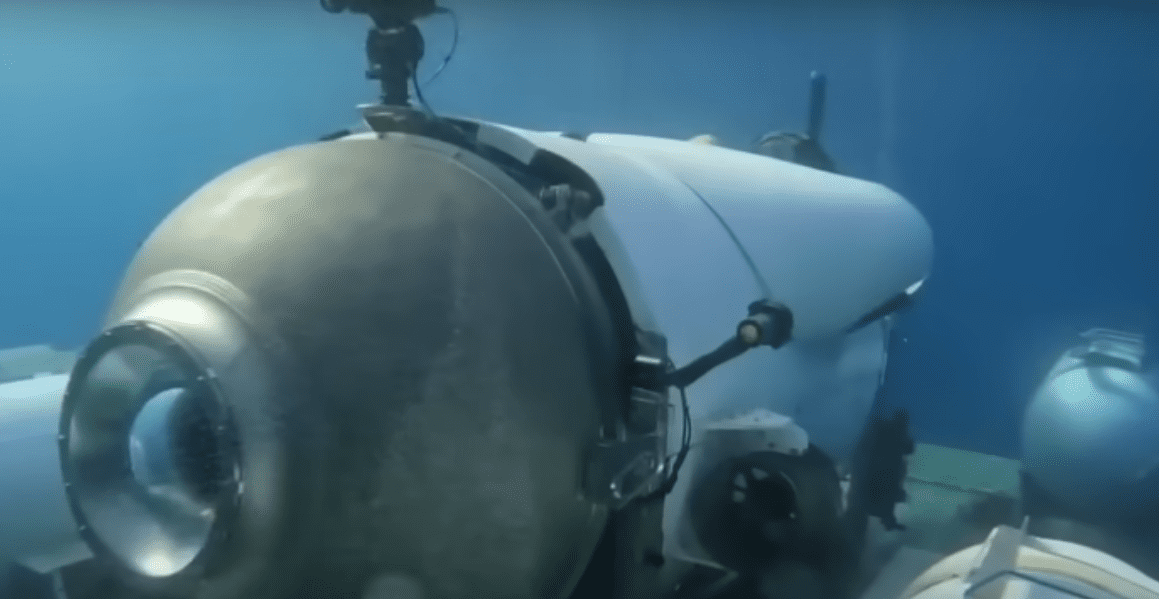The Titanic submarine, which had been stuck below the ocean’s surface, imploded in a tragic turn of events, resulting in the disappearance of all five people aboard along with their demise. The nautical and exploration communities have been rocked by this tragic event, and many are now hesitant to embark on deep-sea missions due to the inherent dangers and risks. The specifics of the Titanic sub’s explosion and the ongoing hunt for the lost passengers are covered right here!
A Thorough Understanding

Unknown factors contributed to the submersible Titanic’s collapse, which happened at an unknown time. The catastrophic collapse of the ship may have been caused by a combination of potential structural weaknesses and the intense pressure at the ocean’s depths. A sobering reminder of the risks and inherent perils involved with deep-sea excursions, the abrupt collapse has shocked the underwater exploration community. Then, it was claimed by numerous sources that the implosion might have begun a few days earlier. The Titanic submersible’s collapse serves as a grim reminder of the need for strict maintenance checks, rigorous safety procedures, and in-depth risk assessments in such projects.
On the Hunt

Numerous search and rescue efforts have been started to find the missing passengers in the wake of the implosion. Teams of searchers are ceaselessly scouring the ocean floor with the use of cutting-edge underwater imaging tools, remotely operated vehicles, and experienced divers in the hope of discovering any sign of the passengers. These initiatives show a dedication and a desire to help the families affected by this awful incident find closure. Beyond the scientific and practical implications, the submersible Titanic’s demise had a significant influence on people. The families and friends of the people who have vanished are going through unimaginable anguish and anxiety. This tragedy sparks a wider debate on the moral issues surrounding deep-sea investigations and serves as a reminder of the human cost associated with high-risk operations. This certainly shows that there is still so much more that we don’t understand about nature and the ocean itself.
A terrible incident that has shocked the marine and exploration worlds is the implosion of the Titanic submersible and the subsequent loss of all five passengers. This tragedy brings to light the dangers and difficulties that come with deep-sea excursions and underscores how vitally important strong safety procedures and risk mitigation tactics are. The ongoing search and rescue operations serve as a reminder of the bravery and commitment of individuals engaged in underwater exploration. Future deep-sea expeditions will surely be shaped by the lessons gained from this tragedy, which will make sure that safety always comes first while we explore the ocean’s depths for scientific purposes. And as we progress to find all the missing individuals, perhaps some much put out thought should go into setting out on another similar expedition. Our thoughts and prayers go out to the friends and families of the passengers throughout this trying time.


